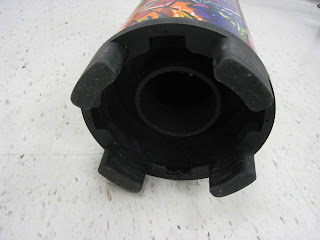My latest endeavor: figuring out how we're going to keep two toddlers busy on a 17-hour road trip. The Mobile Dollhouse and Rural Car Track are my original ideas. The uses for the cookie sheets as magnetic trays were Pinterest finds. Is it ambitious to hope these keep the kids occupied for longer than it took me to make them?
Mobile Dollhouse:
Rural Car Track:
Magnetic Puzzles:
Pattern Block Pictures:
CONSTRUCTION NOTES:
I found the wooden trays at a yard sale. They were serving trays that display needlework. I removed the glass and mat board and replaced them with a thick piece of cardboard.
For the dollhouse, I bought a random lot of used dollhouse furniture on eBay. The kids helped me give it a good scrubbing, and I picked out the best pieces to be used for the project.
The animals for the car track were from the dollar store. The trees were cupcake toppers I found on Amazon.
I painted the cardboard using acrylic craft paints, with a matte finish clear topcoat.
After the cardboard sheets had dried, I slid them into the trays and glued all of the pieces on using hot glue. I bought a few new Hot Wheels for the car track, and a Lego family for the dollhouse.
All I did for the magnetic puzzles was stick little magnets to the back of each puzzle piece.
For the pattern block pictures activity, I found printables online that were the same dimension shapes as the magnetic blocks I found on Amazon.
x








































